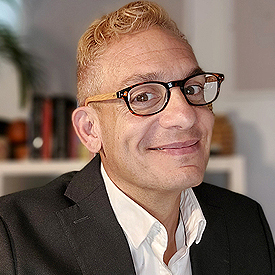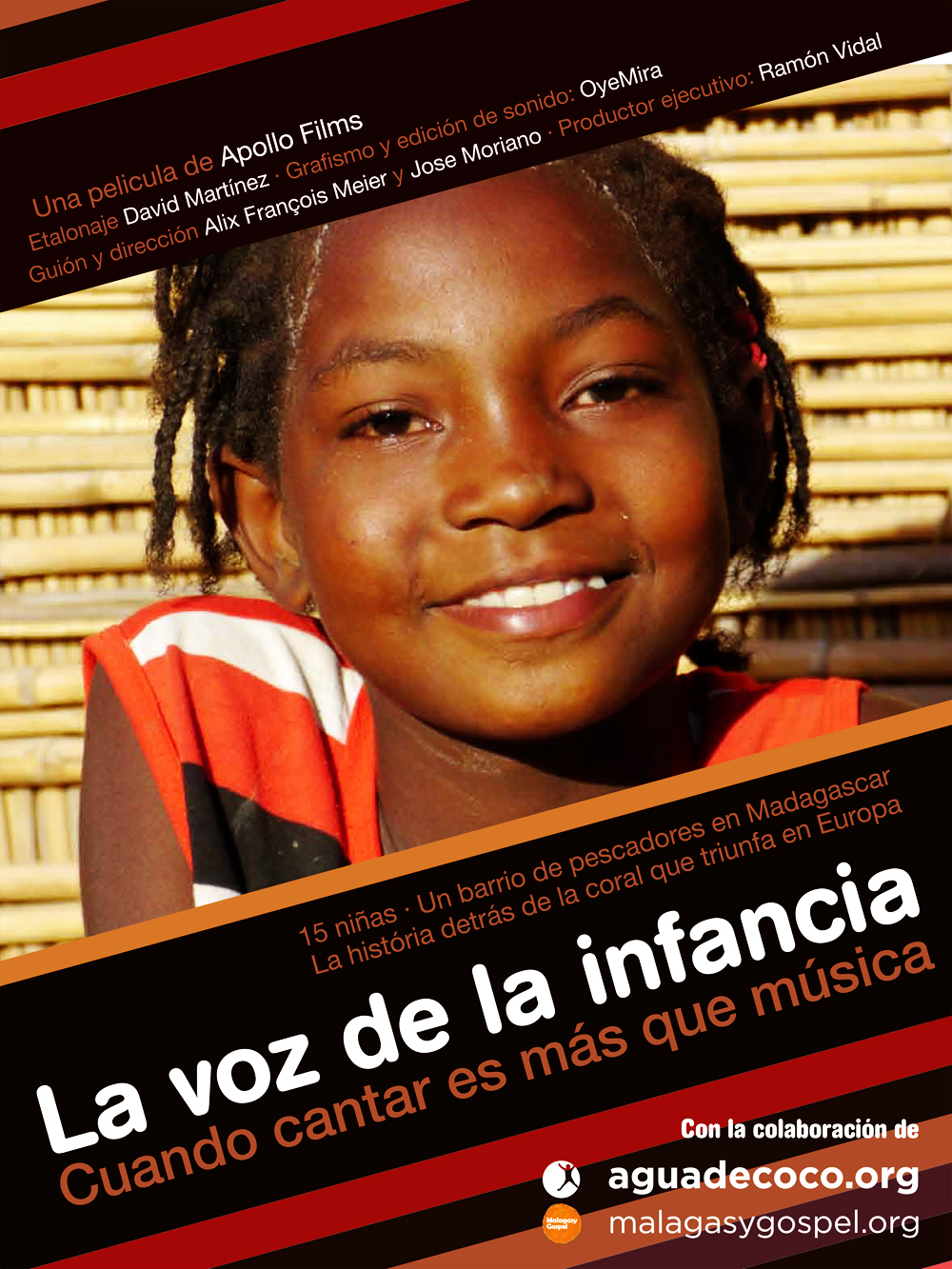
Struggling with design and test communication strategies from a practical angle? In this second of a three-part series aimed to build a communication for change strategy, we will focus on how to develop and verify your plan.
After surviving the adventure of the analysis and research phase, where we conducted a consistent and well driven study, we have all valuable inputs and data needed to start designing the tactics.
In case you’re not a one-person band, lucky you, start delegating tasks immediately and keep focused on your work as a strategist. Ask your team to help you with the communication team tasks document, detailing staff responsibilities, how teamwork will flow, providers’ list, and internal meetings calendar.
Ask them to refine the already designed channels choice, calendar and budget documents while you start adjusting the drafted communication strategy from the analysis and research phase.

Design: the jockey helmet
Before you start putting all your ideas in black and white, ask yourself what is the specific benefit from the program for every single stakeholder.
This is not an easy feat. Study your personas. Sometimes the benefit is not the one you assumed previously. Sometimes there’s no tangible benefit and you will have to create one and sell it. Some stakeholders, usually internal staff, may feel they are not receiving any benefit at all.
Appeal to tangible, easy appreciable benefits whenever possible. In other words, if no concrete and evident benefit is perceived, more abstract profits should be addressed. Take advantage of mainstream corporate marketing techniques, seeking the links between your audience and your program’s objectives through feelings and emotions.
The challenge here is to create a strong concept where all 5 Ws can be described in a comprehensive, emotional, easy to deliver, understandable, and brief way.
From a practical angle, putting all this together will help you to refine your preliminary documents created in the previous analysis and research phase. Gain time and resources by working on both documents and concepts together. This will ensure consistency.
Now it is time to figure out how to convert all these ideas into messages.
Creating messages
Start by defining the very first concept and decide what will be the best tone and voice to use based on your audience and environment.
Different stakeholders require different tones, but you must be consistent. The rule here is that your messages should be like siblings: different but born from the same parents. Easily identifiable amongst them, but customizable enough to reach every audience’s specific needs.
With this in mind, develop primal messages and basic elements (sample texts, mottos, symbols, or brands) and draft how you will adapt these into different channels and methods.
Avoid internal program chatter and all fancy nonprofit jargon you use when writing technical documents and activity reports.

Focus on easy to verbalize messages, effortless to represent graphically, and simple to write. These three basics will give you the confidence that you’re creating something solid and understandable.
Ok. Let’s start writing a
Take advantage of your time. Initiate every material design process by writing the objective, the targeted audience, and the KPIs you will use to evaluate its performance.
Along with primal materials, start designing fact sheets containing your fundamental messages and develop a Frequently Asked Question document. Summarize all these data drafting a press kit.
I know this is always hard but invest some time sketching a crisis communication document because at this point, you already know what could go wrong, how would you fix it, and who will be in charge of dealing with it.
Is there any information that should not be shared or could have potentially negative effects? What sensitive messages should not be spread? Connect all these with your crisis document.
Design is always the most intense part of the process. Right now you are developing everything things simultaneously: documentation, materials, guidelines, and tactics. This is crazy but fun. If you want to be practical (and fast), this is the best way to ensure you’re producing a consistent strategy from all sides. We all know this feeling of completing the puzzle. Planets are aligned. Everything is working.
Put it all together adding the rest of the documents: calendar, budget, and refine it until you realize you have a pretty decent implementation plan.
Use these already defined KPIs and prepare monitoring and evaluation forms using these indicators to start defining the qualitative and quantitative signals for your tracking, monitoring and evaluation plan.
Testing. The motorcycle helmet
Ok. It’s time to test if everything makes sense and works.
Like in the analysis and research phase, you can test your strategy fundamentals by conducting meetings, interviews and focus groups with your team and staff in charge of program implementation (lab testing) and, after making the required adjustments, jump into the field to test these assumptions with the rest of the stakeholders using the same methodology.
In both cases try to avoid ‘selling your strategy’. You’re not supposed to explain anything related to what you created. If you have to support some concepts, clarify topics, or answer recipient’s questions, it is not working. As simple as that. As cruel as that.
Trust in your audience’s experience and take notes. Start by observing. Sometimes, you do not even need to understand what is being said to know the testing is wrong. Body language is powerful.
Once you’ve conducted some observation sessions, move into asking. Pay attention to gestures and behaviors when conducting interviews, focus groups, and meetings.
Testing must be conducted using already designed monitoring forms by assessing audience’s understanding, feelings, and actions after being exposed to your strategy.
Be empathic and ask your audience how they perceive your proposals. Start from scratch and do not assume anything. What is this? What is this for? What is this logo here representing? What do you think when you see this image? Who are these people in the TV ad? What are they doing?
Adjust if necessary and do not hesitate to add future challenges to your strategy extracted from these meetings.
What’s inside your hat?
What about you? Have you experienced some of these techniques to conduct design and testing? Have you ever used these techniques in other processes?
Some free easy-to-use resources are listed below to help you to design all related documents in this text.
In addition, some comprehensive ‘how-to’ guides are also below if you want to get deeper into the concepts shown here.
Resources
Team document
https://www.smartsheet.com/solutions/team-task-list-by-priority
User Persona Creator
https://xtensio.com/user-persona/
Style guide
https://frontify.com/styleguide
KPI Examples
https://www.klipfolio.com/resources/kpi-examples/marketing#gref
Create Press Kit Online
http://www.ispringsolutions.com/blog/how-to-make-a-digital-press-kit-and-share-it-online/
Crisis Communication Plan
http://www.brighthubpm.com/risk-management/104970-tips-and-template-for-developing-a-crisis-management-plan/
Communications Management Plan
https://it.gwu.edu/sites/it.gwu.edu/files/downloads/Communications%20Plan%20and%20Guidelines_0.xlsx
Monitoring and evaluation of communication activities
http://admin.interact-eu.net/downloads/3087/Presentation_Evaluation_and_communication_INTERACT.pdf


